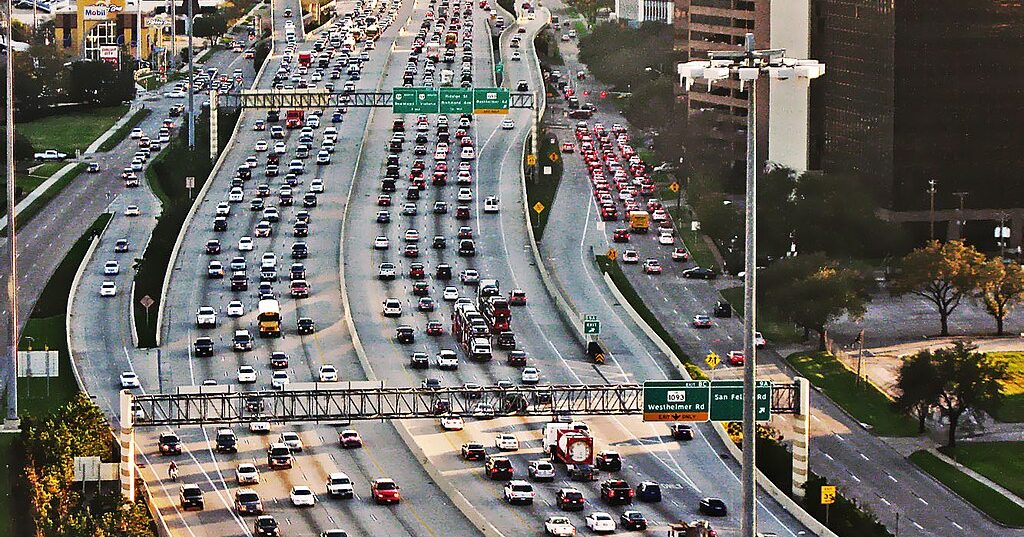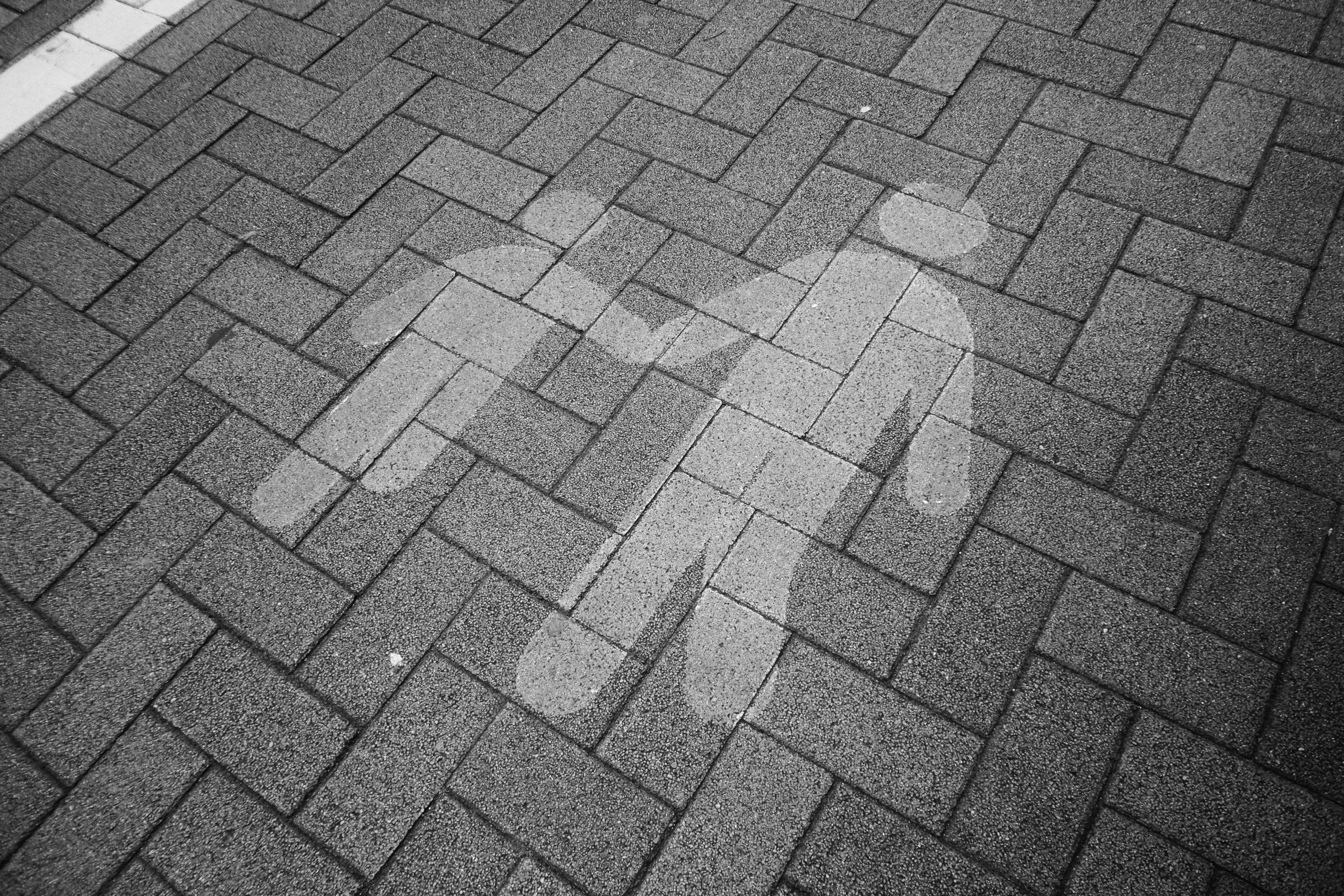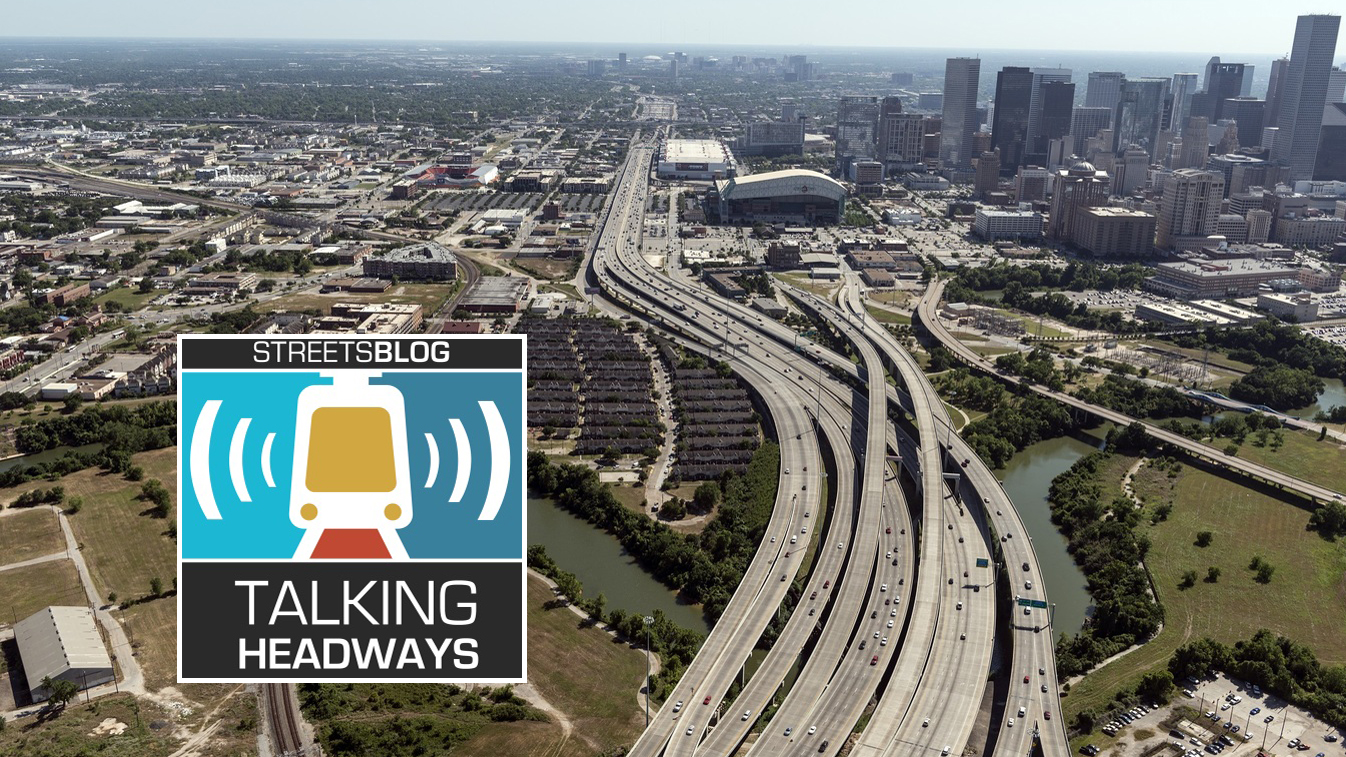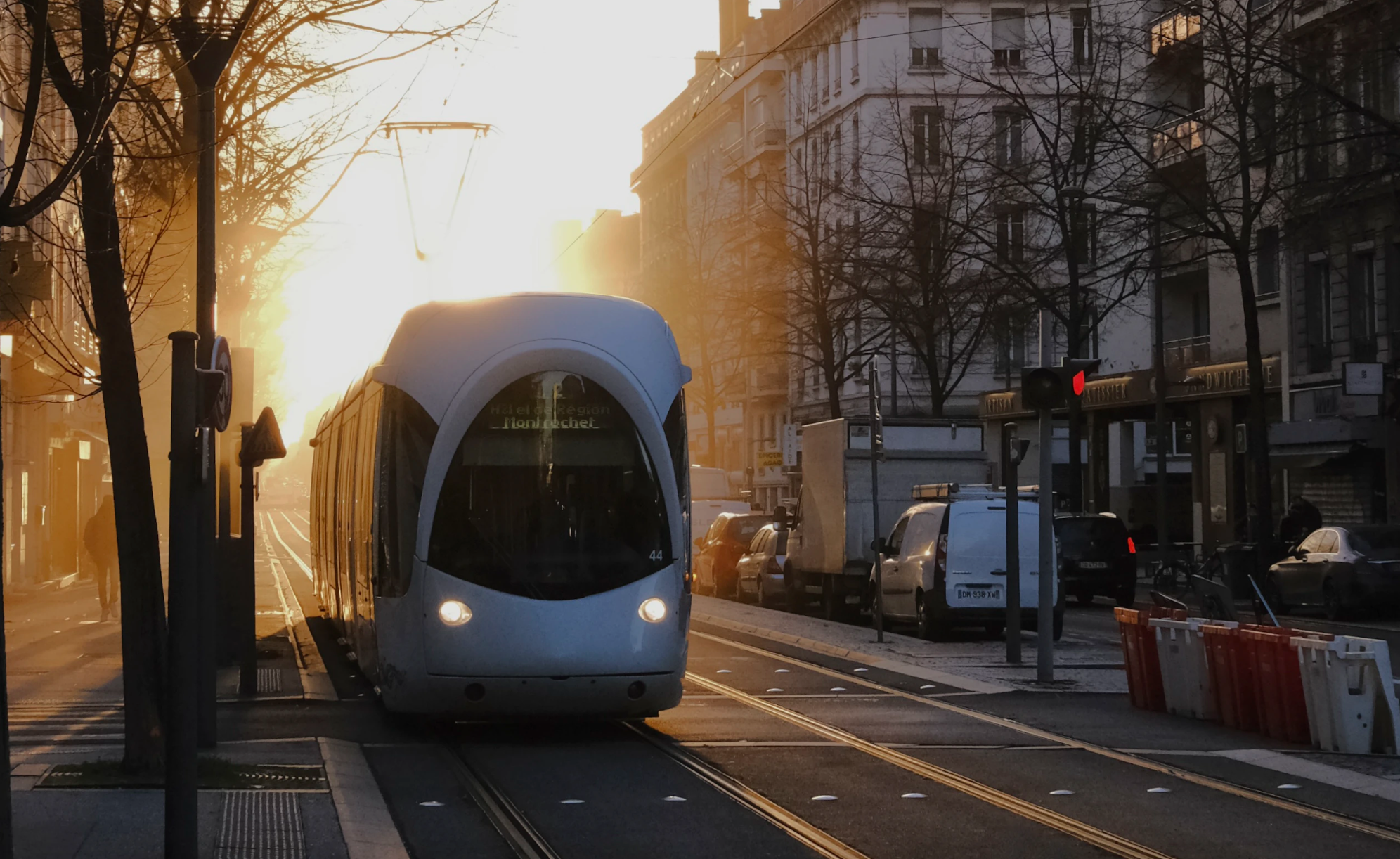Monday night was a big moment for sustainable transportation in Cleveland.
With a small group of helmet-toting onlookers in the wings, the City Council finally gave their nod to a complete streets ordinance -- the culmination of more than five years' struggle.
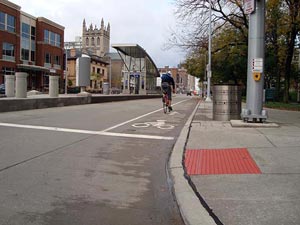
Finally, there was a sense that change was coming, that the value of traveling by foot, bike and bus was valued and understood.
Flash back to 2005, when the first seeds of this victory were being sown. It was then that an environmental advocacy group called EcoCity Cleveland, now Green City Blue Lake, first lobbied Cleveland City Councilman Matt Zone to put forward a complete streets ordinance.
But Cleveland wasn't ready yet. It would take contributions by local philanthropic organizations, mass strategy meetings and even a spirited (but ultimately unsuccessful) fight with the Ohio Department of Transportation before this law would pass.
About a year prior to the introduction of that first, doomed ordinance, EcoCity Cleveland joined forces with two bedrocks of the local philanthropic community, the Cleveland and Gund foundations, to help the city develop a sustainability agenda. The two philanthropies -- which still retain their economic might from Cleveland's heady industrial days -- combined to fund the creation of a "Director of Sustainability" position for the city of Cleveland. The position was designed so that after three years, it would pay for itself through energy and waste savings.
They chose a man named Andrew Watterson to head the new division. Two years ago, he planned and hosted a multi-day "Sustainability Summit" -- a significant event at which the entire community was invited to share their vision for Cleveland.
Hundreds of Clevelanders came together to develop a strategy for a greener, healthier city. Participants were divided into committees based on their interests. One of the 28 groups that emerged was the Sustainable Transportation Action Team (STAT).
"There was no one in the community advocating for multi-modal transportation; that conversation just was not happening at all," said John Mitterholzer, a STAT member and environmental program officer with the Gund Foundation, which lists the revitalization of Cleveland as one of its primary goals. "I think the summit, to its credit, really brought together a bunch of people that also saw this as an issue."
"For the first time, we were bringing together a group of people and recognizing that we need to do things differently," he added.
At around this time, the Ohio Department of Transportation was planning to rebuild Cleveland's Innerbelt Bridge, a structurally deficient, highly trafficked arterial leading into downtown from the southwest side. STAT made it a short-term goal to ensure that the $300 million bridge would include bike and pedestrian accommodations. They named their campaign "Access for All." Again, the foundations lent their support.
Access for All staged demonstrations. They won the backing of local media organizations (and national media, including Streetsblog). They held negotiations with the Ohio Department of Transportation.
Ultimately, however, ODOT determined it would be "too expensive" to add cycling and pedestrian infrastructure to the bridge. As consolation, they committed to $6 million in bicycle and pedestrian improvements for another bridge which they considered to be a close alternative.
It was a crushing defeat for the new group, but it tilted the political dynamic just slightly in cyclists' favor, said Mitterholzer.
"We didn’t get the bike lanes on the bridge but ultimately I think we got a lot more," he said. "We got political will for a lot of these things."
Following the Innerbelt Bridge campaign, STAT refocused on the original goal it developed at the Sustainability Summit: complete streets. Meanwhile, a number of other forces were conspiring to help.
Over the past two years, Cleveland's Critical Mass has been booming, culminating in nearly 450 riders at the August 2011 ride. Growth in the cycling community was further amplified by the creation of a unified cycling advocacy group. Bike Cleveland appointed a board and held a two-day summit attended by more than 100 people to mark their official debut earlier this month. They plan to hire full-time staff within the year. (Full disclosure: I am a board member with Bike Cleveland.)
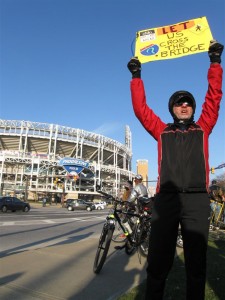
This spring, STAT members began a new push to put complete streets legislation before City Council. The bill was introduced in March. But then some revisions and foot dragging followed. Finally last week, it came up for consideration.
When the ordinance at last received its final "aye" Monday night, the advocacy community was elated. "This is BIG," wrote the owner of a local bike store on Facebook. "I was there," wrote one community activist.
Cleveland still has a long road ahead. City Hall isn't known for being innovative, and the complete streets vision now meets a transportation department where car capacity is still seen as the highest cause.
But there are encouraging signs from within the city establishment. For example, Cleveland's ordinance requires that 20 percent of every road project's budget be spent on "green" amenities like permeable pavement, or cycling and walking amenities. City Council went further, inserting a rider into the legislation that requires the council member from the affected ward to be notified before a road project is exempted from the requirement.
The advocacy community is energized. Change is in the air. Cleveland was the first community in Northeast Ohio to pass a complete streets ordinance, and now a couple of the surrounding suburbs are now moving in that direction.
In a lot of ways, however, Cleveland's work has just begun.
"Its time to celebrate it and thank the mayor for a good policy," said Mitterholzer. "But we also have to make sure it’s implemented."

